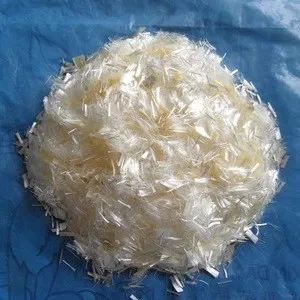[ Properties ]
The main physical and chemical properties of polypropylene monofilament

- The polypropylene has a smooth longitudinal direction and a circular cross section.
- Density Polypropylene's greatest advantage is its light weight. Its density of only 0.91g/cm3 is the lightest of the most common chemical fibres, so the same weight of polypropylene can be obtained with higher coverage than other fibres.
- High-strength materials Polypropylene has a lot of strength, a lot of elongation, a lot of initial modulus, and a lot of elasticity. As a result, polypropylene is a durable material. Polypropylene's wet strength is about equivalent to its dry strength, making it an excellent material for fishing nets and cables.
- Polypropylene is essentially non-hygroscopic and has a low hygroscopicity. Under normal meteorological circumstances, moisture regain is near to nil. It does, however, have a wicking effect that moves water vapour through the fabric's capillaries, but it does not absorb any water. Although polypropylene has poor dyeability and the chromatogram is incomplete, the method of colouring the original liquid can be employed to compensate.
- Polypropylene is a chemically resistant material. Polypropylene, in addition to concentrated nitric acid and concentrated caustic soda, has strong acid and alkali resistance, making it appropriate for use as filter and packaging materials.
- Light resistance, for example. Polypropylene has low light resistance, thermal stability, ageing resistance, and ironing resistance. However, by adding an anti-aging chemical during the spinning process, the anti-aging characteristic can be improved. Furthermore, while polypropylene is electrically insulating, it is susceptible to static electricity during processing.


